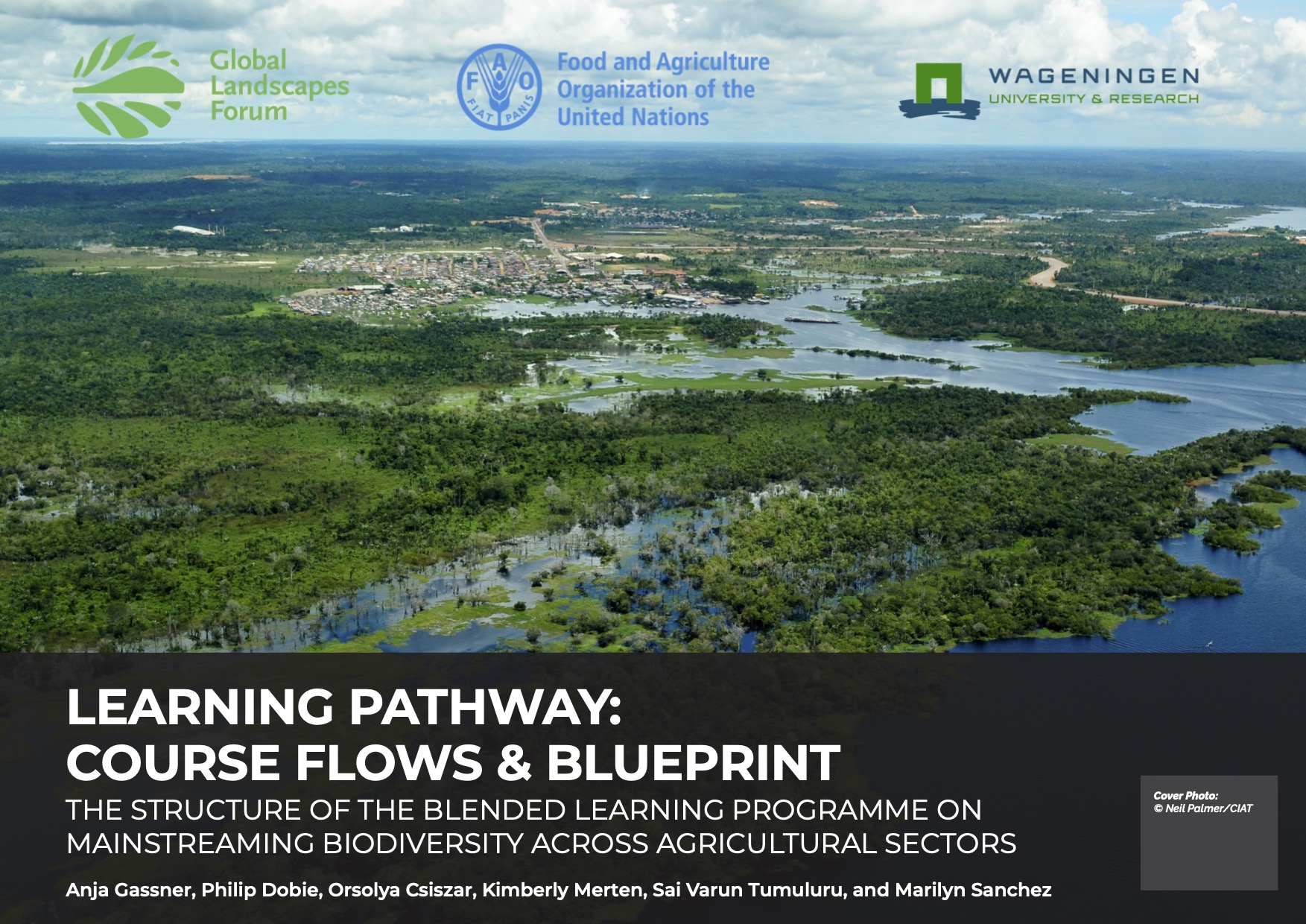Key messages
- A REDD+ theory of change is expected to outline pathways using conditional incentives to achieve reduced emissions. But as practised, REDD+ has evolved into a diversity of measures, while the core element, conditionality, has rarely been applied.
- Confusion arises when actors fail to distinguish between REDD+ as the outcome of reduced emissions and the framework to achieve them. Convoluted objectives, unclear donor commitments, and competing ideas about what REDD+ is and should pay for (compensation level, beneficiaries), complicate its implementation.
- The way forward lies in recognising ideological differences for more constructive debates, clarifying technical objectives and embracing pragmatism in implementation.
Download:
Publication year
2018
Authors
Martius, C.; Angelsen, A.; Larson, A.M.; Pham, T.T.; Sonwa, D.J.; Belcher, B.
Language
English
Keywords
climate change, ecosystem services, mitigation, emissions, forests
























